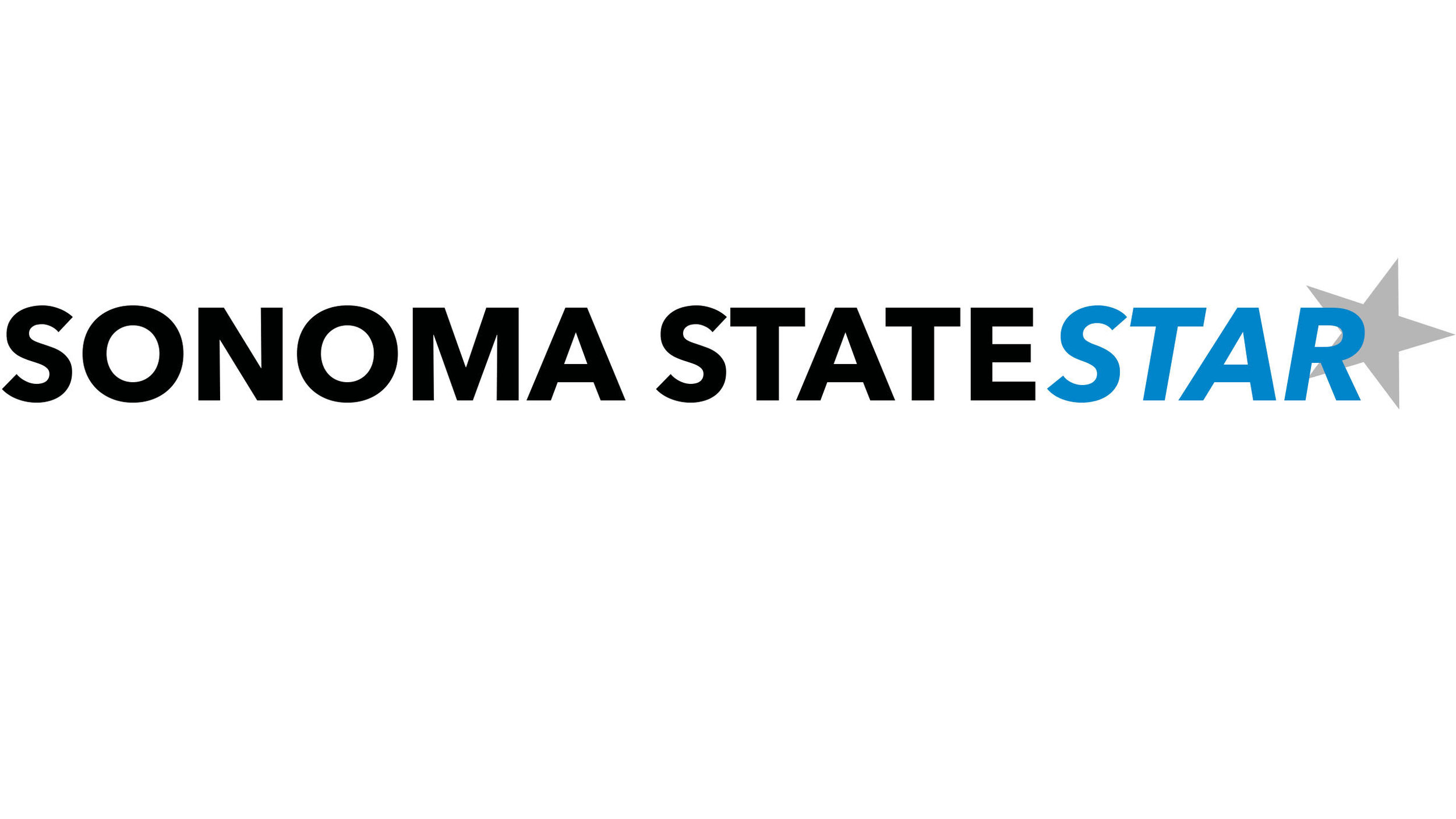Bank collapse worries students of future bank failures
/On March 10, Silicon Valley Bank was shutdown, which was a major lender for tech startups in the bay area and 16th largest bank in the U.S. Since then, panic and doubt in the banking system has spread among the public but, there could be hope.
So don’t withdraw everything from your bank and hide it under your mattress just yet. News that the bank famous with startups and venture capitalists might be in trouble spread after some realized it had unrealized losses on treasury bonds it had purchased. This caused the bank's clients to start withdrawing everything they had. Silicon Valley Bank was seized by the Federal Deposit Insurance Corporation (FDIC) after more than $42 billion were withdrawn in a single day but, was recently acquired by First Citizens BancShares, a family-run bank based in North Carolina.
After Silicon Valley bank’s failure it left many businesses unsure of what might happen, many not knowing if they would be able to make payroll. The FDIC only insured up to $250,000 but many businesses had much more than that in their accounts. Luckily for Silicon Valley Bank depositors, on Sunday March 12 the Biden administration announced that all depositors will have access to their entire funds. The administration wanted to assure everyone that Silicon Valley Bank customers would be able to access their funds at no expense to taxpayers. This would be done through a system that banks already pay into incase of situations like these. Still many people are now skeptical of the banking system.
Even though the Biden administration has moved quickly to try and contain any possible domino effect some people are now apprehensive of more banks failing. First-year Business major Mario Sonata said, “I think it was a freak thing. Maybe they made some poor investment choices but it obviously takes away some confidence that I had in my bank.” Not only have people lost confidence in their banks but also in the regulators that are supposed to keep things like this from happening. Silicon Valley Banks’s red flags were obvious to those that know what to look for but lax bank regulations and poor management lead to such a terrible event.
Silicon Valley bank’s collapse is the largest bank failure since 2008. Even though it was just one bank it had repercussions that some of our students felt. Natalie Romo, a second-year nursing major was able to share how on March 10 when the FDIC shut down Silicon Valley Bank her boss made her go home early. Romo said, “I was kinda scared my manager called a team meeting and nobody knew what it was about then she just told us that the company’s bank just shutdown so we had to close early.”
Unlike the other students first-year Psychology major Luke Murphy wasn't concerned or affected by the situation he said, “I don’t work for a startup and I don’t believe that bigger banks would fail so I’m not worried about it.”
Silicon Valley Bank wasn’t the only bank to fall. Signature Bank also failed and the FDIC and other federal departments stepped in before things got worse. Both banks had liquidity problems meaning that it did not have the cash on hand to pay the large amounts that its clients were withdrawing once it heard about its other problems. The makeup of both Silicon Valley and Signature banks assets also didn’t align with the industry average of having 13% of its assets in cash. Silicon Valley had 7% and Signature only had just over 5%. It’s unlikely that major banks like JP Morgan Chase or Bank of America could collapse like Signature and Silicon Valley because of the amount of liquidity they have. So for the time being students shouldn’t worry too much about their banks.


